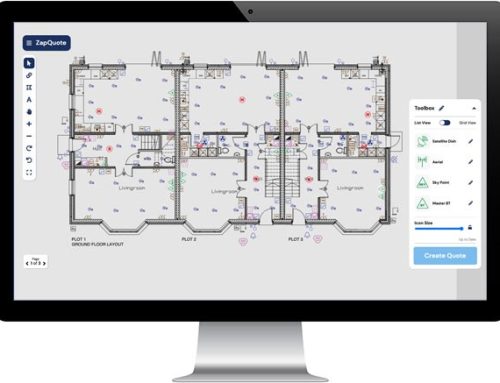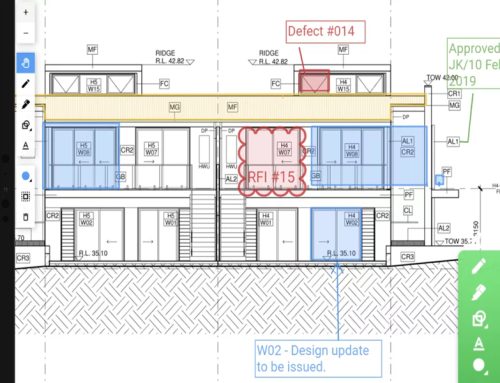Electrical design is a highly specialist field, encompassing a broad range of electrical equipment development and installation tasks. Professionals working in the field of electrical design oversee the development, manufacturing, testing, installing and supervising of all types of electrical equipment, including but not limited to fire safety systems, power distribution, power systems, lighting equipment, data communications infrastructure, electrical components and more.
Roughly summarised, electrical design concerns the design of the electrical systems and components needed to complete a project or fulfil a requirement. An electrical design project may start with the idea from an organisation’s research and development department, all through research conducted by sales and marketing personnel. Electrical design is also the term used by contractors, traders, electricians and construction companies, when planning the electrical configuration of a building as part of a development project.
What Are Electrical Schematics?
The term ‘electrical schematic’ refers to a document that provides a visual depiction of an electrical circuit. Electrical schematics are produced primarily to provide a graphical overview of how a circuit’s components are laid out interconnected, and is an essential tool in the field of electrical design.
Contrary to popular belief, an electrical schematic does not show a scaled and/or realistic representation of how the component, the system or the project will look upon its completion.
What’s the Difference Between Wiring Diagrams and Electrical Schematics?
Often misinterpreted as the same thing, wiring diagrams and electrical schematics serve two different purposes.
As outlined above, electrical schematics are produced to provide a visual indication of the components and interconnections within a device or circuit. By contrast, wiring diagrams show the electrical circuit’s components in the format of a realistic visual depiction of the finished device or project.
Electrical Design Procedure
Accomplished electrical designers understand the various factors that must be taken into account that can affect the resulting project or product.
Key questions that must be asked before the commencement of an electrical design project include the following:
- What will the product be used for?
- Where will it be put to use?
- What are its main features and attributes?
- What power source will it use?
- Will it be exposed to harsh environmental conditions?
- Who will be using it and how?
It is only when the electrical designer has a clear and complete overview of what is required that the logistics of the project can get underway.
Electrical Design Project Examples
The field of electrical design is one of the most important drivers of global technological advancement. No two projects are ever the same in electrical design, but there are some broad project categories that are more prominent than others.
Examples of which include the following:
- Electronic circuit design
- Telecommunications
- Robotics
- Electrical substations
- Computer & digital circuit design
- Control systems
- Communication equipment
Ultimately, it is the collective goal of those who work within the electrical design sector to identify and address challenges related to the safe and efficient production and distribution of electricity. The greater the world’s reliance on electricity, the more prominent and important the field of electrical design becomes.








Leave A Comment